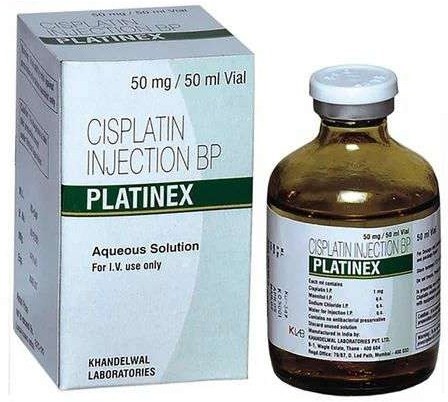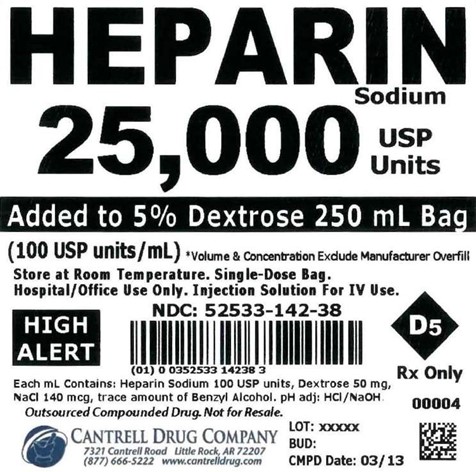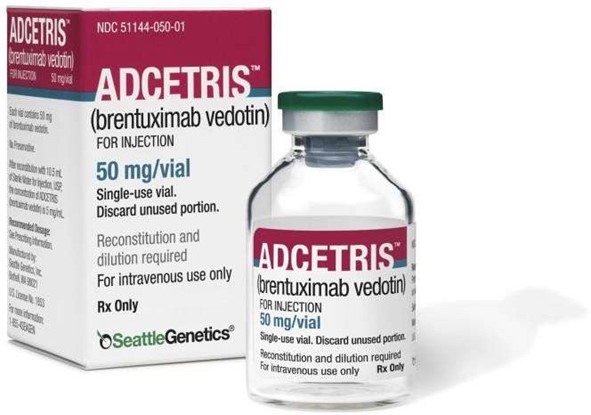A physician orders Platinol (cisplatin) 20 mg/m²/day x 5 days IV for a patient weighing 94.5 kg and having a height of 185 cm.
Using the body surface area (BSA) formula, what would this patient's dose be in milligrams?
22 mg
486 mg
44 mg
47 mg
The Correct Answer is C
We need to calculate the patient's BSA using one of the available formulas. The most widely used formula is the Du Bois formula, which is:.
BSA = 0.007184 × W^0.425 × H^0.725.
where W is weight in kg and H is height in cm.. Plugging in the patient's weight and height, we get:. BSA = 0.007184 × 94.5^0.425 × 185^0.725
BSA = 2.15 m².
Now, we can use the physician's order to find the daily dose and the total dose of Platinol for this patient. The daily dose is:.
Daily dose = 20 mg/m²/day × BSA Daily dose = 20 mg/m²/day × 2.15 m² Daily dose = 43 mg/day.
The total dose for 5 days is:.
Total dose = Daily dose × Number of days Total dose = 43 mg/day × 5 days
Total dose = 215 mg.
Therefore, the patient's dose of Platinol would be 215 mg in total, or 43 mg per day for 5 days.

Nursing Test Bank
Naxlex Comprehensive Predictor Exams
Related Questions
Correct Answer is A
Explanation
To calculate the total amount of heparin, we need to multiply the infusion rate by the time and then by the concentration of heparin in the IV bag. From 9:00 a.m. to 11:00 a.m., the infusion rate was 12 mL/hr, so the amount of heparin infused in this period was 12 mL/hr x 2 hours x 100 units/mL = 2400 units.
From 11:00 a.m. to 2:00 p.m., the infusion rate was 10 mL/hr, so the amount of heparin infused in this period was 10 mL/hr x 3 hours x 100 units/mL = 3000 units. The total amount of heparin infused from 9:00 a.m. to 2:00 p.m. was 2400 units + 3000 units = 5400 units.

Correct Answer is A
Explanation
To calculate the dose of brentuximab in mg that the client should receive, we need to multiply the weight of the client in kg by the prescribed dose of 1.8 mg/kg:.
Dose (in mg) = Weight (in kg) x Dose (in mg/kg).
Dose (in mg) = 60 kg x 1.8 mg/kg. Dose (in mg) = 108 mg.
Now we need to calculate the volume of medication to administer. Since the medication available is 50 mg per 10 mL, we can use proportion to calculate the volume:.
50 mg is to 10 mL as 108 mg is to X mL. 50/10 = 108/X.
Cross-multiplying, we get:. 50X = 108 x 10.
X = (108 x 10)/50. X = 21.6 mL.
Therefore, the nurse should administer 21.6 mL of brentuximab to the client.

Whether you are a student looking to ace your exams or a practicing nurse seeking to enhance your expertise , our nursing education contents will empower you with the confidence and competence to make a difference in the lives of patients and become a respected leader in the healthcare field.
Visit Naxlex, invest in your future and unlock endless possibilities with our unparalleled nursing education contents today
Report Wrong Answer on the Current Question
Do you disagree with the answer? If yes, what is your expected answer? Explain.
Kindly be descriptive with the issue you are facing.
